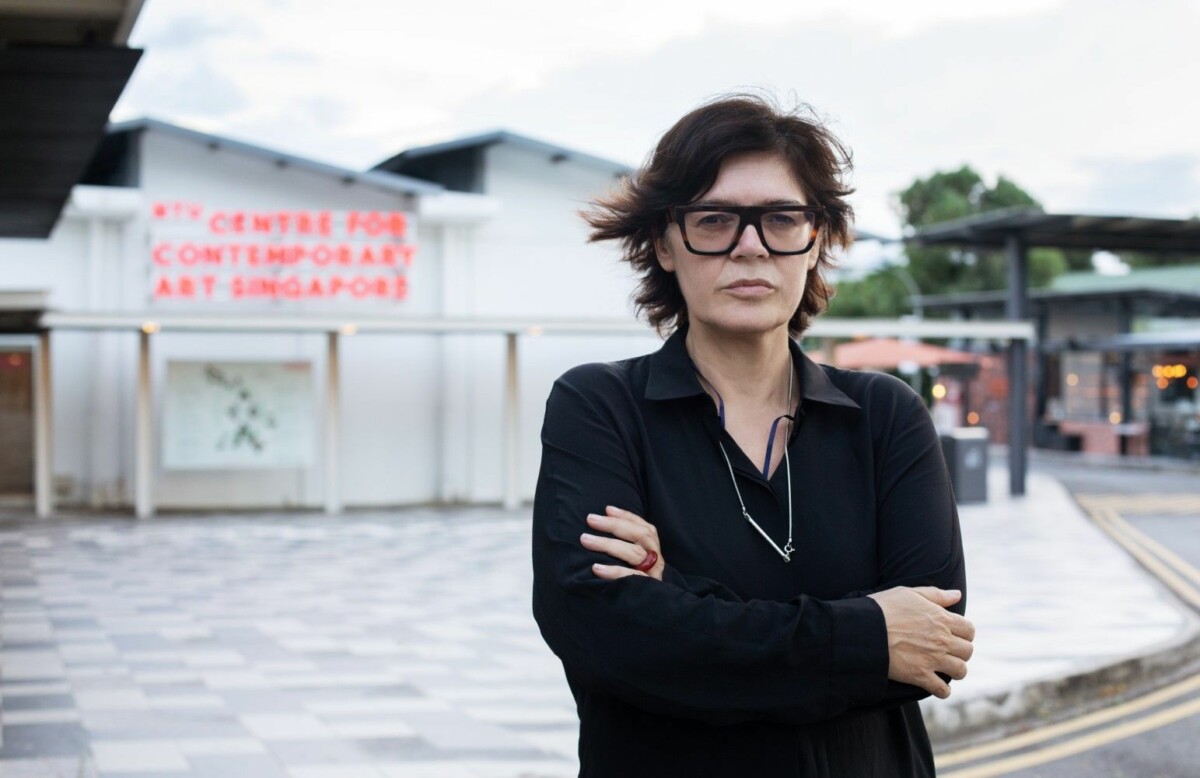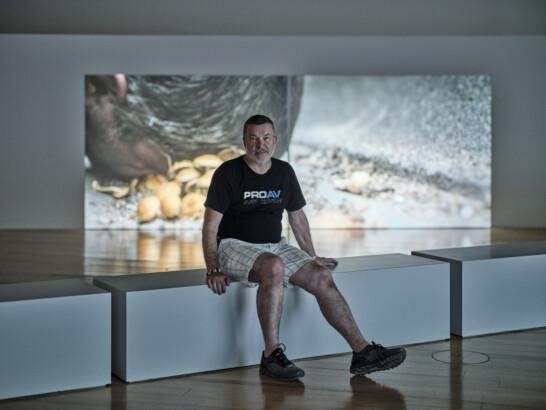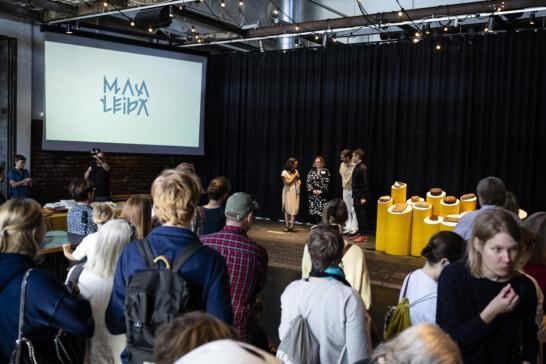Ecoblog
Advisory Board in Interview: Ute Meta Bauer

We asked the members of our Advisory Board four questions about how IHME Helsinki has realized its goal of combining art, science and climate work in four years. Professor and curator Ute Meta Bauer from the NTU Centre for Contemporary Art Singapore has been on the Advisory Board since 2019.
1) When we started our collaboration four years ago with the then new direction, we wanted to bring together art, science and climate work in our programme and to support long-term collaborations both with institutions and artists. How do you think we have succeeded in this?
The projects by Jana Winderen, Katie Peterson and Amar Kanwar each in their own way demonstrated how artists use research and experience-based practice to address the impact of climate change, our relationship with nature, and the ways that nature and culture intersect. Each artistic project allowed the audience to become participants and to engage through various senses with what has been going out of balance in our eco systems.
2) As commissioners we have rethought ways of collaborating with international artists, and how to make it possible for the work of these artists to be seen and developed abroad. One of the methods that we have been testing is, instead of transporting a large body of work from one continent to another (emissions), to collaborate with artists on long-term projects that take place in their home countries, supporting ongoing projects with local communities to help resilient practices take root. What connections do you see between this approach and the postcolonial project?
I am not sure how this relates to post-colonial thinking or action. It is not necessarily less harmful to fly people instead of artworks. IHME’s work has always been oriented towards process rather than products, which made IHME different from other art organizations from the outset. The 1–2-year focus and the long-term engagement with one artist or artist group aimed at developing one project is an operating model that you have also followed through since the beginning of your operations. What is different is that most of the projects engage with urgencies of our time – such as the climate crisis and forced migration this year with Hiwa K. – through artistic practices that work with sound and the senses, and through education. It’s this clear participatory component that makes it, for me, a tangible way of addressing its topics.
There is the illusion that taking programmes into the digital realm will be a solution to causing less emissions, but the reality is that our online time causes equal harm to the planet through its energy consumption, big data centres also generate heat and require cooling. Of course, emissions always need to be contextualized and we need to look at the institution’s emissions as a whole.
3) What is the most topical question in the realm of contemporary art today from your perspective, in the times of poly-crises in which we are living?
Social and environmental justice. Redistribution of global wealth to address poverty, exposure to the impact of climate change in the global south and its effect on poor people. Stopping our harm to nature through continued extractivism.
4) You all work more or less full time in an academic context, too. How do you see the ecological turn (sustainability transition) taking place in that context? Is the practice of science changing with the world and how?
We are far behind in engaging with real-world issues. Academia is stuck in its own processes – creating and, if anything, increasing hierarchies between those who can afford higher education and get access to research funding and those who cannot.
Citizen science and equal access to education, involving other forms of knowledge – such as indigenous or folk knowledge, traditional knowledges combined with new technologies are urgently required. Academia, to a certain extent, is far too distant from what is happening on the ground.


